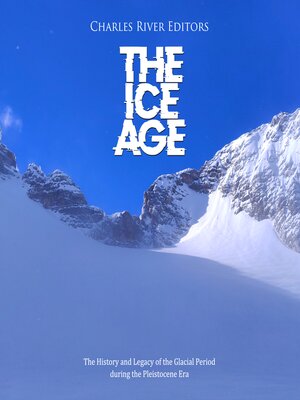The Ice Age
audiobook (Unabridged) ∣ The History and Legacy of the Glacial Period during the Pleistocene Era
By Charles River Editors

Sign up to save your library
With an OverDrive account, you can save your favorite libraries for at-a-glance information about availability. Find out more about OverDrive accounts.
Find this title in Libby, the library reading app by OverDrive.



Search for a digital library with this title
Title found at these libraries:
| Library Name | Distance |
|---|---|
| Loading... |
The early history of Earth covers such vast stretches of time that years, centuries, and even millennia become virtually meaningless. Instead, paleontologists and scientists who study geochronology divide time into periods and eras.
What humans commonly refer to as the "Ice Age" is actually a series of fluctuating climate events that have occurred throughout the planet's history. These ongoing historical phenomena are difficult to conceptualize because of both the time frame involved and the natural process by which they cyclically unfold. The Earth's climatic clock repeats the maneuver over millions of years per occurrence, a number that is intellectually graspable, but not viscerally well-perceivable by most members of the human race. The process by which ice ages form is not relevant to any societal function, and therefore remains a mystery. Those who attempt to define it are often met with either apathy or defiant superstition.
As a basic definition, it may be said that an ice age is simply a period of time during which thick ice sheets cover vast areas of land. These sheets have advanced and retreated, at times taking over the entire planet, and conversely disappearing nearly altogether. Glacial ice formed by this regularly occurring process does not sit in a state of inertia, but moves dynamically, reshaping the geological features of the continents. Again, the time frame for glacial movement is far longer than any involving human activity, so close attention must be paid in order to correctly measure and interpret it for the modern day.







